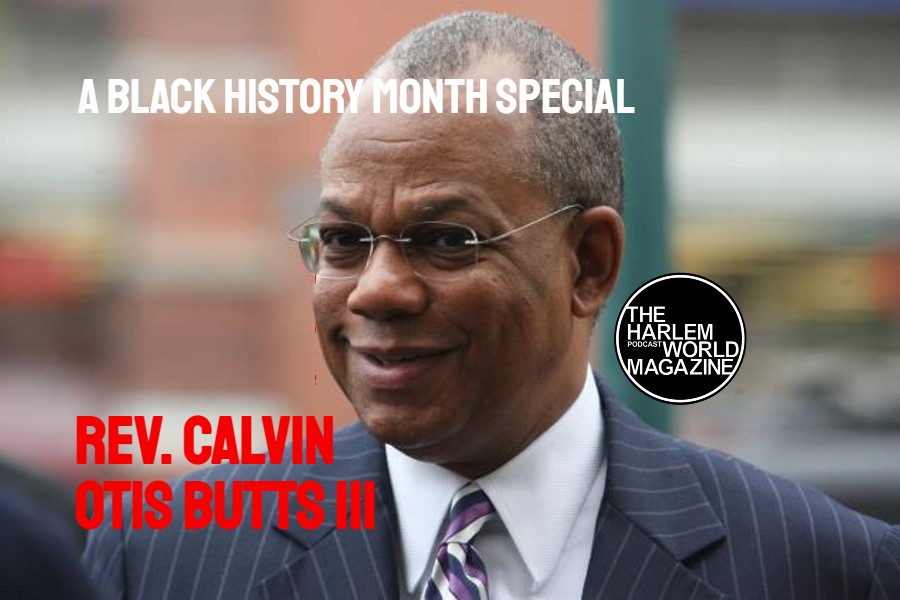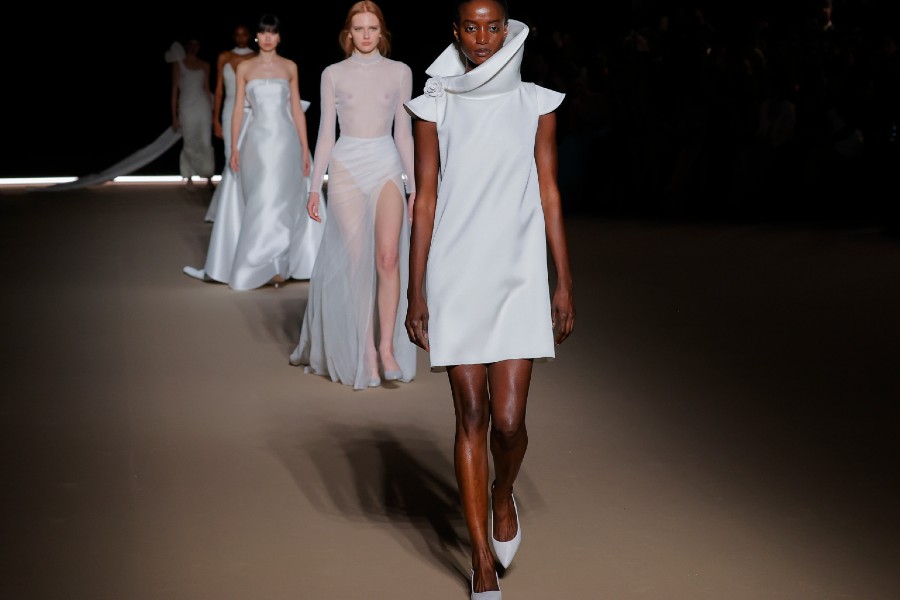Duke Ellington When his drummer Sonny Greer was invited to join the Wilber Sweatman Orchestra in New York City, Ellington made the fateful decision to leave behind his successful career in Washington, D.C., and move to Harlem, becoming one of the figures of the Harlem Renaissance. New dance crazes like the Charleston emerged in Harlem, as well as African-American musical theater, including Eubie Blake’s Shuffle Along. After the young musicians left the Sweatman Orchestra to strike out on their own, they found an emerging jazz scene that was highly competitive and hard to crack. They hustled pool by day and played whatever gigs they could find. The young band met Willie “The Lion” Smith who introduced them to the scene and gave them some money. They played at rent-house parties for income. After a few months the young musicians returned to Washington, D.C., feeling discouraged.
In June 1923 a gig in Atlantic City, New Jersey, led to a play date at the prestigious Exclusive Club in Harlem. This was followed in September 1923 by a move to the Hollywood Club – 49th and Broadway – and a four-year engagement, which gave Ellington a solid artistic base. He was known to play the bugle at the end of each performance. The group was called Elmer Snowden and his Black Sox Orchestra and had seven members, including James “Bubber” Miley. They renamed themselves “The Washingtonians”. Snowden left the group in early 1924 and Ellington took over as bandleader. After a fire the club was re-opened as the Club Kentucky (often referred to as the “Kentucky Club”), an engagement which set the stage for the biggest opportunities in Ellington’s life.
Ellington made eight records in 1924, receiving composing credit on three including Choo Choo. In 1925 Ellington contributed four songs to Chocolate Kiddies, an all-African-American revue which introduced European audiences to African-American styles and performers. “Duke Ellington and his Kentucky Club Orchestra” grew to a ten-piece organization; they developed their distinct sound by displaying the non-traditional expression of Ellington’s arrangements, the street rhythms of Harlem, and the exotic-sounding trombone growls and wah-wahs, high-squealing trumpets, and sultry saxophone blues licks of the band members. For a short time soprano saxophonist Sidney Bechet played with the group, imparting his propulsive swing and superior musicianship to the young band members. This helped attract the attention of some of the biggest names of jazz, including Paul Whiteman.
In 1927 King Oliver turned down a regular booking for his group as the house band at Harlem’s Cotton Club; the offer passed to Ellington. With a weekly radio broadcast and famous white clientele nightly pouring in to see them, Ellington and his band thrived in the period from 1932 to 1942, a golden age for the band.
Although trumpeter Bubber Miley was a member of the orchestra for only a short period, he had a major influence on Ellington’s sound.[23] An early exponent of growl trumpet, his style changed the “sweet” dance band sound of the group to one that was hotter, which contemporaries termed ‘jungle’ style. He also composed most of “Black and Tan Fantasy” and “Creole Love Call”. An alcoholic, Miley had to leave the band before they gained wider fame. He died in 1932 at the age of 29. He was an important influence on Cootie Williams, who replaced him.
In 1927 Ellington made a career-advancing agreement with agent-publisher Irving Mills, giving Mills a 45% interest in Ellington’s future. Mills had an eye for new talent and early on published compositions by Hoagy Carmichael, Dorothy Fields, and Harold Arlen. During the 1930s Ellington’s popularity continued to increase – largely as a result of the promotional skills of Mills – who got more than his fair share of co-composer credits. Mills arranged recording sessions on the Brunswick, Victor, and Columbia labels which gave Ellington popular recognition. Mills lifted the management burden from Ellington’s shoulders, allowing him to focus on his band’s sound and his compositions.[citation needed] Ellington ended his association with Mills in 1937, although he continued to record under Mills’ banner through to 1940.
At the Cotton Club, Ellington’s group performed all the music for the revues, which mixed comedy, dance numbers, vaudeville, burlesque, music, and illegal alcohol. The musical numbers were composed by Jimmy McHugh and the lyrics by Dorothy Fields (later Harold Arlen and Ted Koehler), with some Ellington originals mixed in. Weekly radio broadcasts from the club gave Ellington national exposure. In 1929 Ellington appeared in his first movie, a nineteen-minute all-African-American RKO short, Black and Tan, in which he played the hero “Duke”. In the same year, The Cotton Club Orchestra appeared on stage for several months in Florenz Ziegfeld’s Show Girl, along with vaudeville stars Jimmy Durante, Eddie Foy, Jr., Al Jolson, Ruby Keeler, and with music and lyrics by George Gershwin and Gus Kahn. That feverish period also included numerous recordings, under the pseudonyms “Whoopee Makers”, “The Jungle Band”, “Harlem Footwarmers”, and the “Ten Black Berries”. In 1930 Ellington and his Orchestra connected with a whole different audience in a concert with Maurice Chevalier and they also performed at the Roseland Ballroom, “America’s foremost ballroom”. Noted composer Percy Grainger was also an early admirer and supporter.
In 1929, when Ellington conducted the orchestra for Show Girl, he met Will Vodery, Ziegfeld’s musical supervisor. In his 1946 biography, Duke Ellington, Barry Ulanov wrote:
From Vodery, as he (Ellington) says himself, he drew his chromatic convictions, his uses of the tones ordinarily extraneous to the diatonic scale, with the consequent alteration of the harmonic character of his music, its broadening, The deepening of his resources. It has become customary to ascribe the classical influences upon Duke – Delius, Debussy and Ravel – to direct contact with their music. Actually his serious appreciation of those and other modern composers, came after his meeting with Vodery.[25]
As the Depression worsened, the recording industry was in crisis, dropping over 90% of its artists by 1933. Ellington and his orchestra survived the hard times by taking to the road in a series of tours. Radio exposure also helped maintain popularity. Ivie Anderson was hired as their featured vocalist. Sonny Greer had been providing occasional vocals and continued to do in a cross-talk feature with Anderson. Ellington, however, later had many different vocalists, including Herb Jeffries (until 1943) and Al Hibbler (who replaced Jeffries in 1943 and continued until 1951).
Ellington led the orchestra by conducting from the keyboard using piano cues and visual gestures; very rarely did he conduct using a baton. As a bandleader Ellington was not a strict disciplinarian; he maintained control of his orchestra with a crafty combination of charm, humor, flattery, and astute psychology. A complex, private person, he revealed his feelings to only his closest intimates and effectively used his public persona to deflect attention away from himself.
While the band’s United States audience remained mainly African-American in this period, the Cotton Club had a near-exclusive white clientele and the Ellington orchestra had a huge following overseas, exemplified by the success of their trip to England in 1933 and their 1934 visit to the European mainland. The English visit saw Ellington win praise from members of the ‘serious’ music community, including composer Constant Lambert, which gave a boost to Ellington’s aspiration to compose longer works. For agent Mills it was a publicity triumph, as Ellington was now internationally known. On the band’s tour through the segregated South in 1934, they avoided some of the traveling difficulties of African-Americans by touring in private railcars. These provided easy accommodations, dining, and storage for equipment while avoiding the indignities of segregated facilities.
The death of Ellington’s mother in 1935 led to a temporary hiatus in his career. Competition was also intensifying, as African-American and white swing bands began to receive popular attention, including those of Benny Goodman, Tommy Dorsey, Jimmy Dorsey, Jimmie Lunceford, Benny Carter, Earl Hines, Chick Webb, and Count Basie. Swing dancing became a youth phenomenon, particularly with white college audiences, and “danceability” drove record sales and bookings. Jukeboxes proliferated nationwide, spreading the gospel of “swing”. Ellington band could certainly swing, but Ellington’s strengths were mood and nuance, and richness of composition; hence his statement “jazz is music; swing is business”. Ellington countered with two developments. He made recordings of smaller groups (sextets, octets, and nonets) drawn from his then-15-man orchestra and he composed pieces intended to feature specific instrumentalist, as with “Jeep’s Blues” for Johnny Hodges, “Yearning for Love” for Lawrence Brown, “Trumpet in Spades” for Rex Stewart, “Echoes of Harlem” for Cootie Williams and “Clarinet Lament” for Barney Bigard.
In 1937 Ellington returned to the Cotton Club which had relocated to the mid-town theater district. In the summer of that year, his father died, and due to many expenses, Ellington’s finances were tight. Things improved in 1938 and he met and moved in with Cotton Club employee Beatrice “Evie” Ellis. After splitting with agent Irving Mills, he signed on with the William Morris Agency. The 1930s ended with a very successful European tour just as World War II loomed.
Ellington delivered some huge hits during the 1930s, which greatly helped to build his overall reputation. Some of them include: “Mood Indigo” (1930), “It Don’t Mean a Thing (If It Ain’t Got That Swing)” (1932), “Sophisticated Lady” (1933), “Solitude” (1934), “In a Sentimental Mood” (1935), “Caravan” (1937), “I Let a Song Go Out of My Heart” (1938). “Take the “A” Train” which hit big in 1941, was written by Billy Strayhorn.
Strayhorn, originally hired as a lyricist, began his association with Ellington in 1939. Nicknamed “Swee’ Pea” for his mild manner, Strayhorn soon became a vital member of the Ellington Organization. Ellington showed great fondness kept the Duke Ellington Orchestra going for Strayhorn and never failed to speak glowingly of the man and their collaborative working relationship, “my right arm, my left arm, all the eyes in the back of my head, my brain waves in his head, and his in mine”.[29] Strayhorn, with his training in classical music, not only contributed his original lyrics and music, but also arranged and polished many of Ellington’s works, becoming a second Ellington or “Duke’s doppelganger”. It was not uncommon for Strayhorn to fill in for Duke, whether in conducting or rehearsing the band, playing the piano, on stage, and in the recording studio.
The band reached a creative peak in the early 1940s, when Ellington and a small hand-picked group of his composers and arrangers wrote for an orchestra of distinctive voices who displayed tremendous creativity.
Some of the musicians created a sensation in their own right. The short-lived Jimmy Blanton transformed the use of double bass in jazz, allowing it to function as a solo rather than a rhythm instrument alone. Ben Webster, the Orchestra’s first regular tenor saxophonist, started a rivalry with Johnny Hodges as the Orchestra’s foremost voice in the sax section. Ray Nance joined, replacing Cootie Williams (who had “defected”, contemporary wags claimed, to Benny Goodman). Nance, however, added violin to the instrumental colors Ellington had at his disposal.
Three-minute masterpieces flowed from the minds of Ellington, Billy Strayhorn, Ellington’s son Mercer Ellington, Mary Lou Williams and members of the Orchestra. “Cotton Tail”, “Main Stem”, “Harlem Airshaft”, “Sidewalks of New York (East Side, West Side)”, “Jack the bear”, and dozens of others date from this period.
Privately made recordings of Nance’s first concert date, at Fargo, North Dakota, on November 7, 1940 by Jack Towers and Dick Burris, are probably the most effective display of the band during this period. These recordings, later released as Duke Ellington at Fargo, 1940 Live, are among the first of innumerable live performances which survive, made by enthusiasts or broadcasters, significantly expanding the Ellington discography.
Ellington’s long-term aim became to extend the jazz form from the three-minute limit of the 78 rpm record side, of which he was an acknowledged master.[32] He had composed and recorded Creole Rhapsody as early as 1931 (issued as both sides of 12″ record for Victor and both sides of a 10″ record for Brunswick), and his tribute to his mother, “Reminiscing in Tempo,” had filled four 10″ record sides in 1935; however, it was not until the 1940s that this became a regular feature of Ellington’s work.
[youtube http://www.youtube.com/watch?v=qDQpZT3GhDg&w=480&h=390]
Ellington lived for years in a townhouse on the corner of Manhattan’s Riverside Drive and West 106th Street. After his death, West 106th Street was officially renamed Duke Ellington Boulevard. A large memorial to Ellington, created by sculptor Robert Graham, was dedicated in 1997 in New York’s Central Park, near Fifth Avenue and 110th Street, an intersection named Duke Ellington Circle.
Limited edition of long time Harlem resident “The Duke” Ellington by photographer Lee Tanner, print 36 x 36 inches get it here.
Related articles

Become a Harlem Insider!
By submitting this form, you are consenting to receive marketing emails from: Harlem World Magazine, 2521 1/2 west 42nd street, Los Angeles, CA, 90008, https://www.harlemworldmagazine.com. You can revoke your consent to receive emails at any time by using the SafeUnsubscribe® link, found at the bottom of every email. Emails are serviced by Constant Contact























